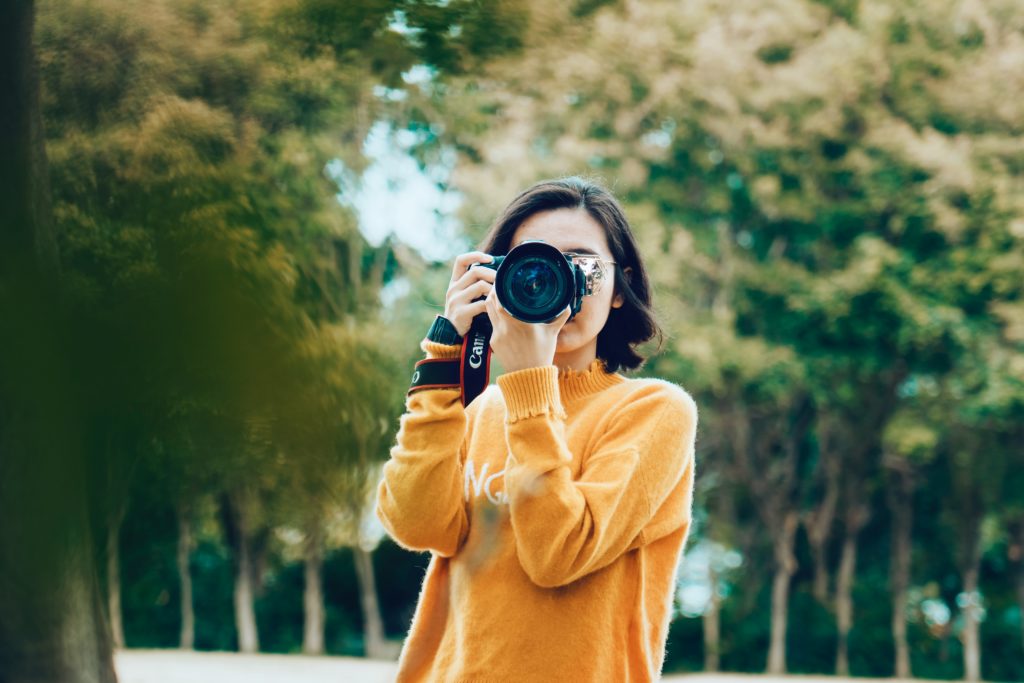 Peonies in the Lawn Garden, photo © J S McElvery
Peonies in the Lawn Garden, photo © J S McElvery
Hannah Brier & Marissa Gallant
New England Botanic Garden at Tower Hill Staff
This summer New England Botanic Garden at Tower Hill challenges you to connect with nature in its many forms and embrace your inner artist. Our teen photography challenge is open to everyone ages 13 to 18. Check out our six photography challenges below. Complete all six or choose your favorites. Take a photograph that best fits each theme and send us your work for a chance to win four gate passes to New England Botanic Garden at Tower Hill, be featured in our weekly Instagram stories, or have your work displayed as part of a future art exhibition in our Milton Gallery.
Art and nature go hand and hand. Artists use photography, sculpture, painting, and other mediums to explore the world around them. Some of the most famous photographers use nature to inform and inspire their work. One of the most well-known nature photographers, Ansel Adams, advocated for environmental conservation through his sharp black and white landscape images and Frans Lanting, known best for his wildlife photography, is responsible for many of the images featured in magazines such as National Geographic.
How it Works
All submissions must be original photographs taken recently. To enter, send your submissions to youtheducation@nebg.org or tag @towerhillbg on Instagram and use the hashtag #thbgteenphotochallenge. Be sure your submission or post includes your Instagram handle, first name, age, town of residence, the challenge your submission falls under, and a short caption about your photograph. Participants should be sure to save their original photographs as .jpg files in case they are chosen as a finalist. Submissions will be accepted July 1 through August 31.
Each week we will choose five submissions that best exemplify the themes to be featured in our Friday Instagram stories. Each time you complete a challenge, you will be entered to win four gate passes to New England Botanic Garden at Tower Hill for a total of up to six entries. The twenty finalists that best exemplify the themes through their work will be chosen to have their photographs displayed as part of a future art exhibition in our Milton Gallery.
Theme
This year’s theme is Human Nature. Nature is resilient and finds a way to flourish despite the human caused threats of deforestation, climate change, pollution, and more. We can appreciate the beauty of nature in the most unexpected of places, and even in the hardest of times, nature helps us reflect and recharge. These six challenges explore the relationship between humans and nature, highlighting and celebrating the fact that we are not separate from nature, but rather an integral part of it. Even in the busiest of cities and hardest of times, nature, like people, finds a way to persevere.
Nature is all around us, no matter if we live in the city, country or suburbs. Head outside and search for signs of nature where you least expect it. Maybe it’s a flower growing out of the sidewalk, a bird’s nest outside your apartment window, or overgrown ivy on a downtown building. Your photograph should illustrate the resiliency of nature and highlight how even in the most unexpected of habitats, plants and animals find a way to adapt and thrive.
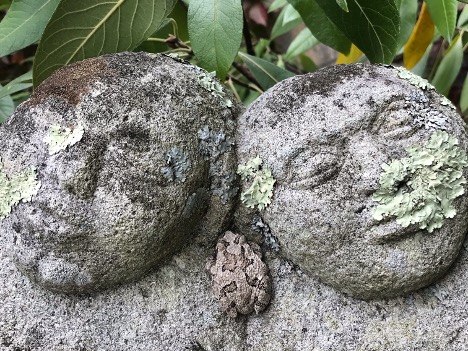 Camouflaged toad on a park statue
Camouflaged toad on a park statue
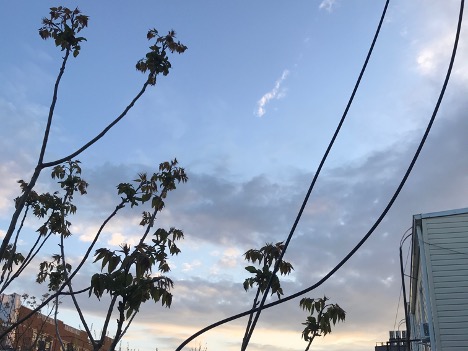 Plant growth on a city balcony
Plant growth on a city balcony
From the neon greens of new plant growth to the cool blue sky on a hot summer day, nature provides colors of every hue imaginable. Choose one color to feature or snap a photograph that captures all the colors of the rainbow. Your photograph should highlight the brilliance or variety of color found throughout nature.
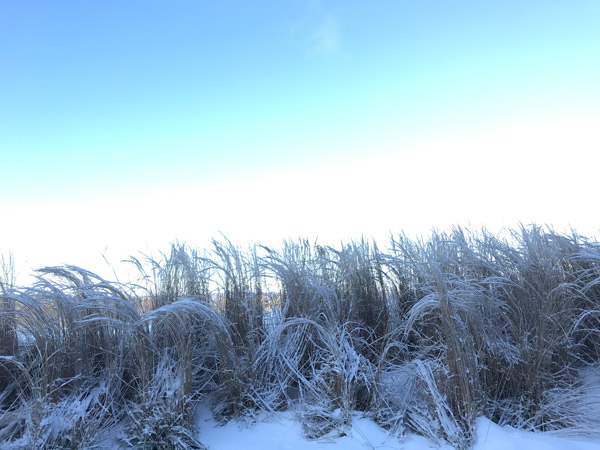 Shades of winter blue
Shades of winter blue
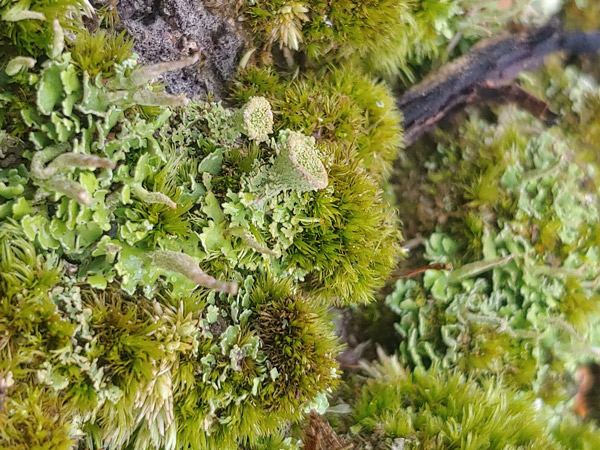 Shades of mossy green
Shades of mossy green
No matter if it is rapid or incremental, nature is constantly changing. From the budding of spring leaves to the life cycle changes from a caterpillar to a butterfly – your photograph should highlight how living things are constantly growing and changing and illustrate what growth and change mean to you. This could be captured through the growth of a plant outside your window, the way a tree has spread its roots, cracking and warping the sidewalk, or even how nature has shaped and changed you as an individual.
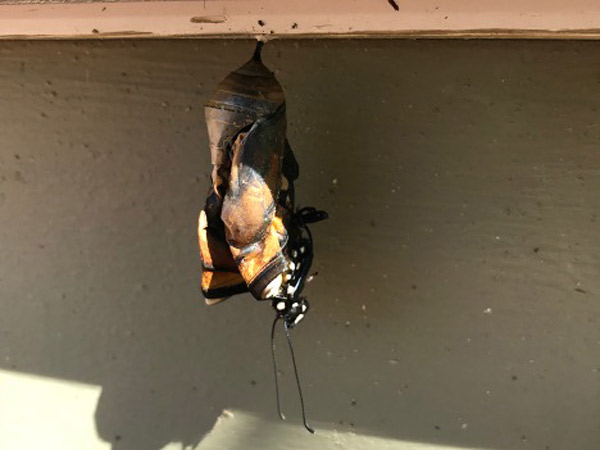 Monarch butterfly emerging from a chrysalis
Monarch butterfly emerging from a chrysalis
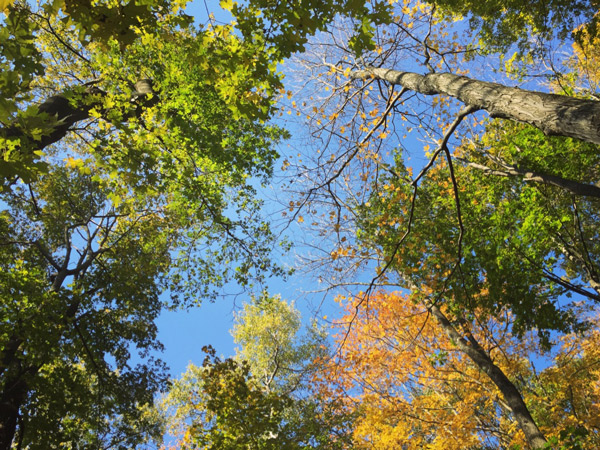 Summer to autumn at Broad Meadow Brook
Summer to autumn at Broad Meadow Brook
Just like people, nature is diverse, coming in all shapes, sizes, and colors. Your photograph should capture the diversity of the world around you including plants, animals, abiotic – or non-living factors – and even people. Maybe you will capture an array of wildflowers in a meadow, the different leaf shapes and shades in a tree canopy, the diverse citizens in your community enjoying a common green space, or the way natural and man-made features can come together to make something unexpectedly beautiful.
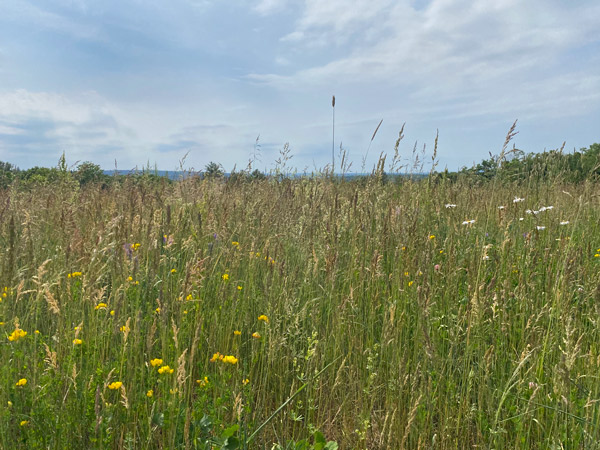 Wildflowers and grasses in a meadow
Wildflowers and grasses in a meadow
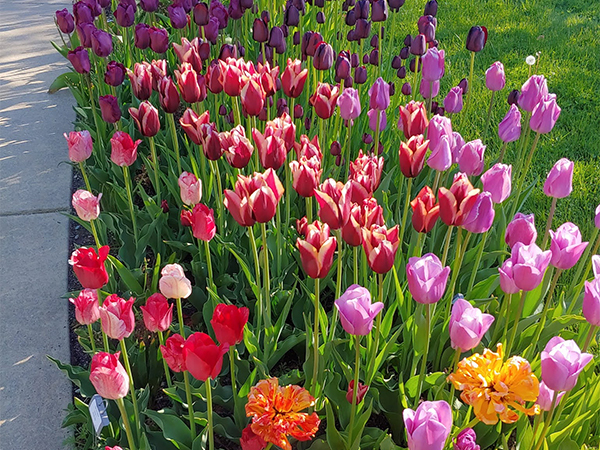 Tulips in a city garden bed
Tulips in a city garden bed
An important part of nature is abiotic – or non-living factors – including water, rocks, and clouds. These things are often overlooked in the landscape in favor of living, or biotic factors. Your photograph should capture the landscape using abiotic factors as your subject. Maybe you will capture a cairn in the foreground of your forest landscape, a reservoir in the background of your view from a mountaintop, or clouds reflecting the sunset in the background of a city skyline.
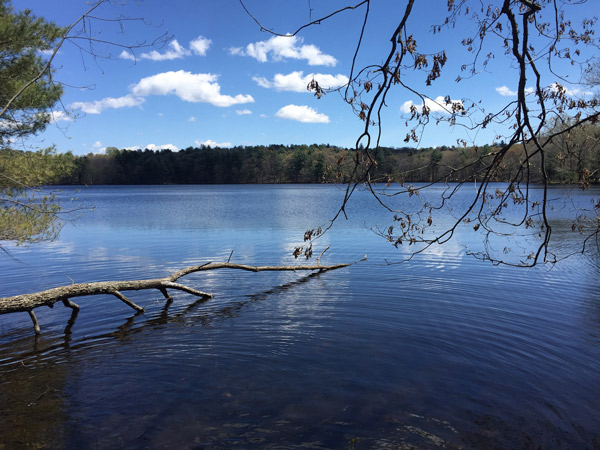 Greenhill Park Pond
Greenhill Park Pond
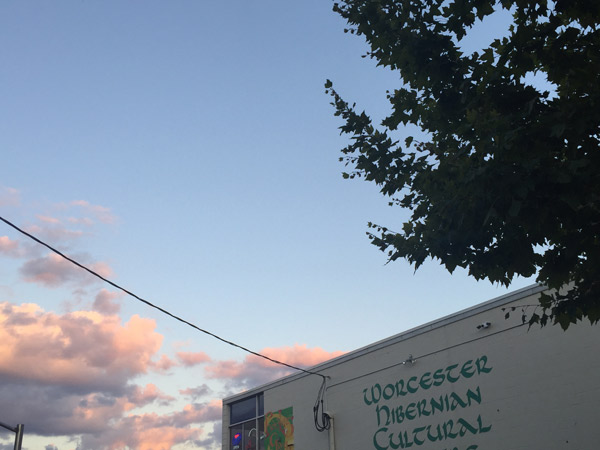 Sunset over Worcester
Sunset over Worcester
Perspective allows artists to create the illusion of space and depth and experience things from a different point of view. What does life look like from the point of view of an insect? What about a bird? Experiment with different perspectives and capture a view of the world around you that you’ve never noticed before.
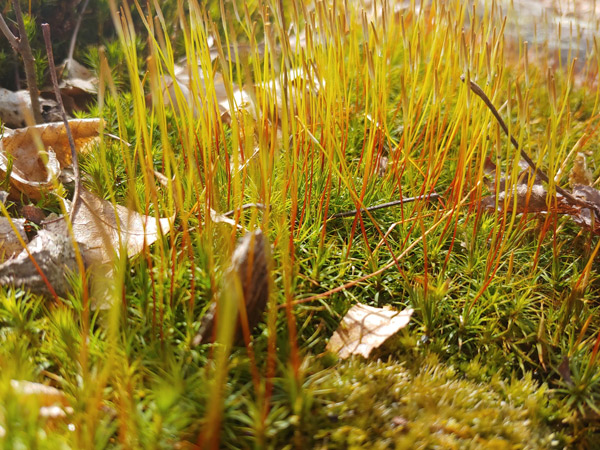 Forest floor
Forest floor
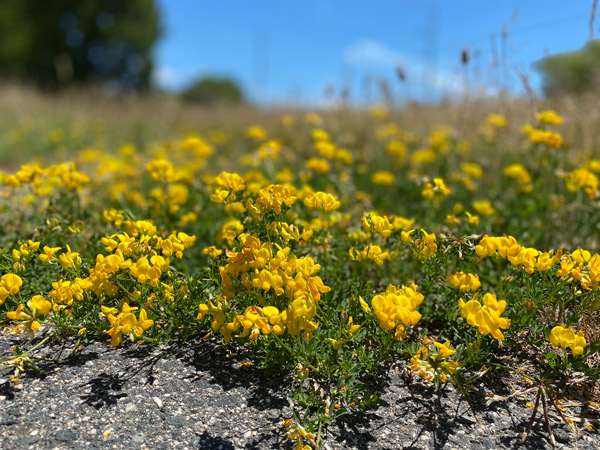 Sidewalk flowers
Sidewalk flowers
Tips and Tricks
New to the world of photography? You don’t need to be an expert or have expensive gear. Check out our simple tips and tricks below to practice your craft.
- Use Your Smartphone Camera. You don’t need to have a digital camera to take beautiful nature photos, using your smartphone camera works just as well. Try out the different features and get a sense for which settings work best for you.
- Be Observant. No need to take a weekend trip to a National Park. You can take beautiful nature photos right in your backyard no matter where you live. Keep your eyes open for interesting textures, subjects, angles, and lighting and practice capturing the details.
- Use the Rule of Thirds. Instead of placing your subject directly in the middle of the frame, try placing it one third of the way along or off to one side. This will allow you to capture features to frame the main subject like the leaves or branches of a tree.
- Get Creative. Try new angles and new edits. Sometimes this is how you get your best shot. Add dimension to your photography by utilizing the foreground and background. Try moving your lens or your body to capture your subject closer to your lens – in in the foreground – or further in the distance – in the background.
- Practice Makes Perfect. The best thing about digital images is they are unlimited so snap away!
Partners
Our friends at the Worcester Refugee Assistance Project (WRAP) and Main IDEA helped to kickstart our summer photography challenge by completing their own challenge titled Home. WRAP and Main IDEA youth were challenged to take photographs that depict their relationship with nature, specifically the aspects of nature in their neighborhoods that make them feel connected and feel ‘home’. Check out some of their submissions and get some inspiration for completing your own challenges.
WRAP is a 501(c)(3) non-profit dedicated to helping Burmese refugees achieve sustainable self-reliance in their new country. Learn more about WRAP here.
More information coming soon!
Main IDEA is a 501(c)(3) non-profit that aspires to make the arts accessible for all children in Worcester by providing a variety of quality and accessible art programs to Worcester youth throughout the year. Learn more about Main IDEA here.
More information coming soon!
Questions?
For more information call 508.869.6111 ext. 132 or email youtheducation@nebg.org.
